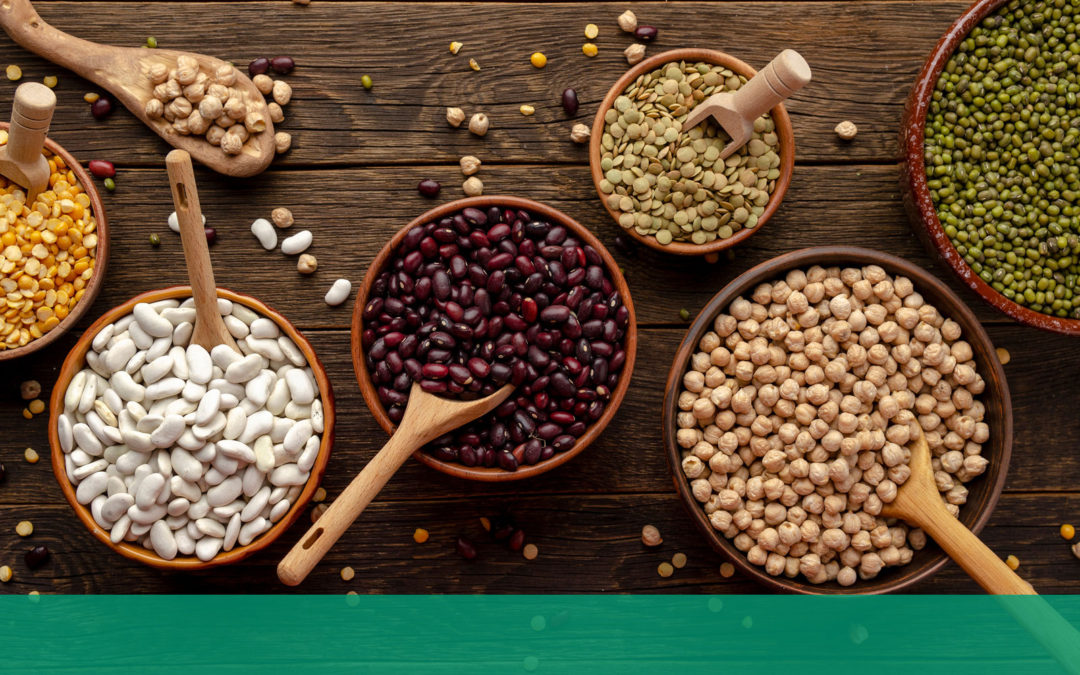I want to turn you on to resistant starch. I know the word “starch” is not considered good for you in today’s food culture, since it refers to the carbohydrates we find in foods such as potatoes, pasta, bread, and rice. This kind of starch is broken down by our digestive enzymes into a readily absorbed energy substrate we call simple sugars, which are more rapidly absorbed in our small intestine. However, resistant starch is different.
Resistant starch is labeled as such because it resists digestion. Our enzymes can’t break it down into simple sugars, and as a result, it is not absorbed and continues its journey intact through the digestive tract until it becomes food for the in-house bacteria. While starch feeds you, resistant starch feeds “them”—which are really a part of you. But that is a story for another time.
When bacteria break resistant starch down, it provides them with energy, and they, in turn, benefit other bacteria that produce and release important molecules. These byproducts have important biological effects. For example, they are an energy source for the large intestine and keep it healthy by preventing colon cancer.
However, the benefits of resistant starch and its byproducts extend far beyond supporting healthy intestines. Research has documented some interesting findings: One study involved 39 individuals with reduced insulin sensitivity. After feeding them high-carb, low-carb, high- resistant starch, low-resistant starch diets and alternating them for two weeks, the researchers found that meals with high amounts of resistant starch produced significantly lower post meal insulin and blood glucose responses.1
Other research has also found resistant starch consumption to be associated with reduced abdominal fat and improved insulin sensitivity in animals and humans.2 Improved fasting blood glucose, fasting insulin, insulin resistance, and sensitivity was observed with resistant starch intake—especially for individuals with diabetes and overweight.3 Other beneficial outcomes from resistant starch in the diet include reduced cholesterol, lowered triglycerides, and weight loss.
Resistant starch is very important for a healthy gut, ensuring thriving beneficial bacteria, production of short chain fatty acids like butyrate, reduced abdominal fat, improved insulin sensitivity. . . You didn’t know starch could be so good for you, now did ya? Resistant starch, that is.
This information begs the question, so where can we get this stuff? There are four different classifications of resistant starch. Rather than identify the different kinds, I would encourage you to aim for a variety of the foods in which it is found. The estimated daily intake of resistant starch by Americans is 5 grams per day. The amount recommended for us to experience health benefits is 6 grams per meal. Supplementation can be beneficial, and that is what is done in the studies. But you want to be careful to start small and increase gradually to avoid any GI upset. By supplementation, I am referring to the addition of resistant starch powders to smoothies or the batter of baked goods where it can be hidden.
The wonderful news is that resistant starch is found in beans, peas, and green bananas. One cup of cooked white beans contains 7.4 grams of resistant starch. An underripe banana contains 4.7 grams. It is found in raw potatoes, too, but I do not personally advocate eating a lot of raw potatoes, since they contain anti-nutrients and substances called glycoalkaloids that are not good for us in large amounts. I do encourage cooking and then refrigerating potatoes and rice, since cooling turns some of the digestible starches in these foods into resistant starches. Potato starch is sold as a way of supplementing the diet with resistant starch, and is the most condensed form of it, with around 8 grams of resistant starch per tablespoon.
I hope you see the value of ensuring sources of resistant starch in your diet.
- https://www.ncbi.nlm.nih.gov/pmc/articles/PMC5646248/
- https://www.ncbi.nlm.nih.gov/pmc/articles/PMC4352178/
- https://www.ncbi.nlm.nih.gov/pmc/articles/PMC6551340/


